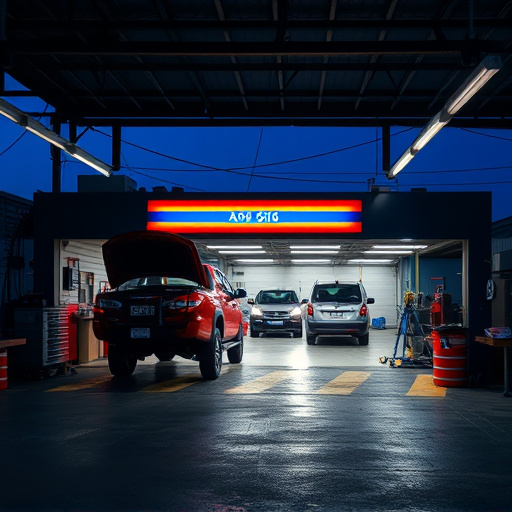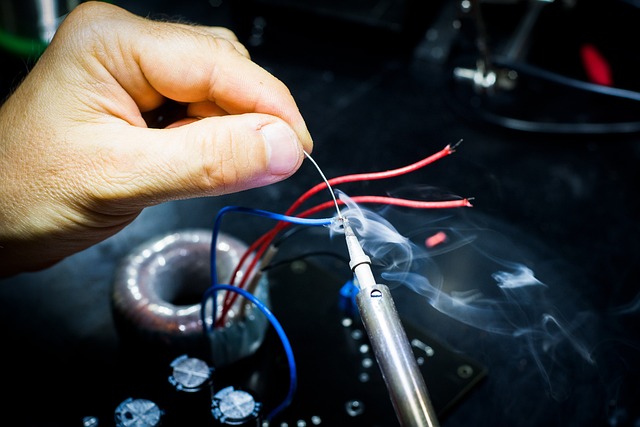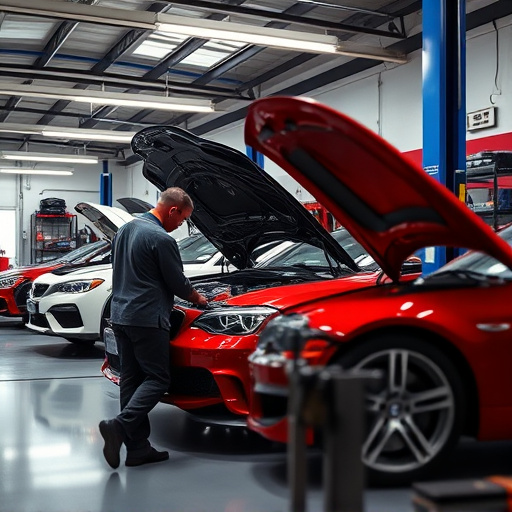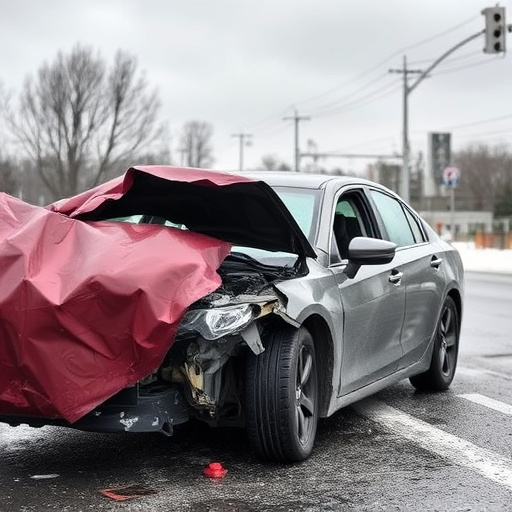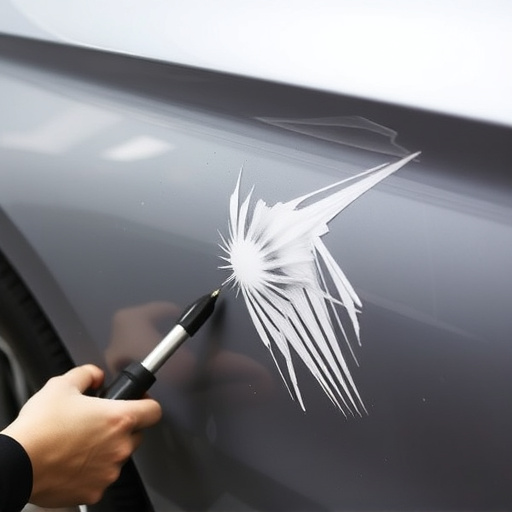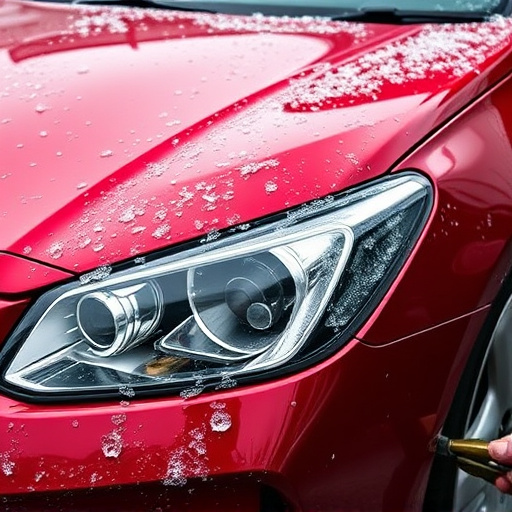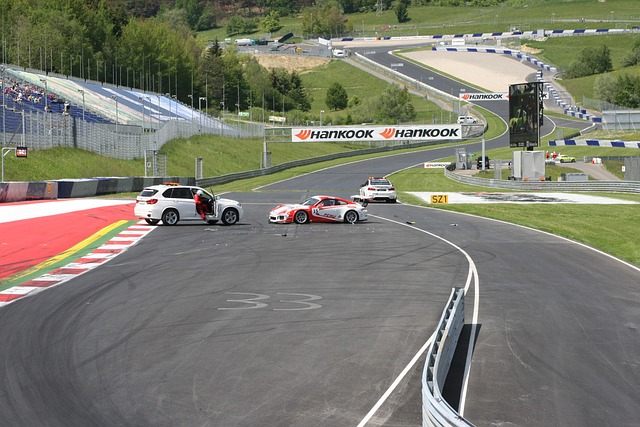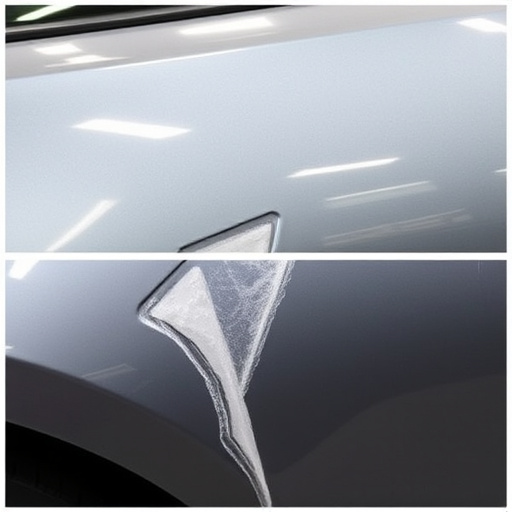Tesla's bumper sensors are crucial for safety features like Autopilot and overall driving performance, detecting obstacles for quick decision-making. Damage from bumps or collisions can affect their functionality, impacting collision avoidance and driving experience. Prompt repair is essential to maintain structural integrity, restore Autopilot effectiveness, and enhance vehicle safety and performance after dent removal or collision repair.
Tesla’s advanced Autopilot system relies on precise data from its bumper sensors. These sensors play a crucial role in detecting obstacles, facilitating autonomous driving, and enhancing safety. However, damage to these components can impair Autopilot functionality. This article delves into the intricacies of Tesla bumper sensor repair, exploring common issues like cracks, debris buildup, and electrical malfunctions, offering insights into the repair process, and highlighting the steps needed to restore optimal Autopilot performance.
- Understanding Tesla Bumper Sensors and Their Role in Autopilot
- Common Issues and Causes of Bumper Sensor Damage
- Repair Process and Restoring Autopilot Functionality
Understanding Tesla Bumper Sensors and Their Role in Autopilot
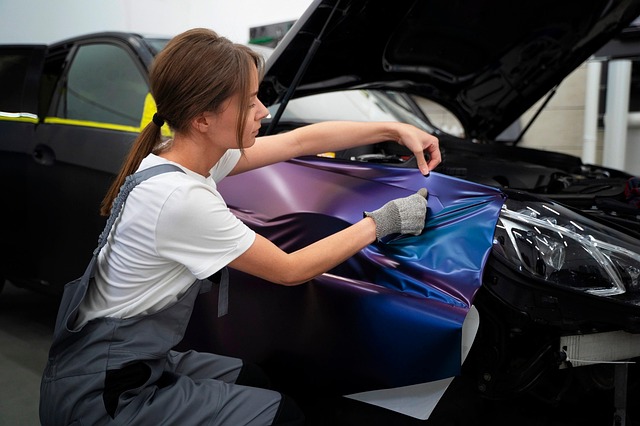
Tesla’s bumper sensors play a pivotal role in both their advanced safety features and autonomous driving capabilities, commonly known as Autopilot. These sensors are designed to detect obstacles, including other vehicles, pedestrians, and potential hazards, thereby enabling the car to make split-second decisions for safe navigation. When functioning optimally, they facilitate smoother operations of Autopilot, ensuring the vehicle maintains a secure distance and adapts to traffic conditions.
In the event of a malfunction or damage, requiring Tesla bumper sensor repair, it can significantly impact the overall safety and efficiency of the Autopilot system. Regular maintenance and prompt repairs are crucial for optimal performance, especially as these sensors are integral to avoiding vehicle collisions and enhancing driving experience through advanced tire services and car body restoration.
Common Issues and Causes of Bumper Sensor Damage
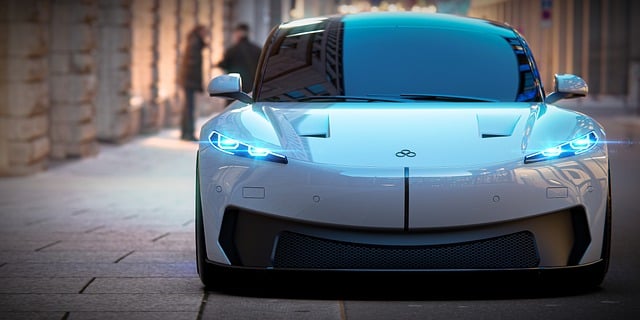
Tesla bumper sensors, designed to protect both the vehicle and its occupants during a collision, are subject to damage from various factors. Common issues include dents, scratches, and cracks caused by minor bumps, parking errors, or even more severe car collisions. The frequent use of these sensors in urban environments with tight parking spaces contributes to their wear and tear.
While Tesla offers robust protection through its Autopilot system, which relies heavily on accurate sensor data, proper bumper sensor repair is crucial for maintaining optimal safety. Ignoring damaged sensors can lead to false readings or malfunctions, compromising the effectiveness of Autopilot features during critical driving conditions. Timely dent removal and collision repair ensure that these sensors remain in top condition, enhancing overall vehicle safety and performance.
Repair Process and Restoring Autopilot Functionality

The Tesla bumper sensor repair process involves several meticulous steps to ensure both structural integrity and the restoration of Autopilot functionality. It begins with a thorough inspection to identify the damaged or faulty sensors, which are typically located along the vehicle’s front and rear bumpers. Once identified, these sensors are carefully removed, allowing access to the underlying components. The next step is to replace the faulty sensors with new ones that meet Tesla’s exacting standards. This requires precision and expertise to maintain the vehicle’s alignment and performance.
After the sensor replacement, a comprehensive testing phase follows. This includes checking the sensor’s range, accuracy, and compatibility with the Autopilot system. The goal is to ensure that not only are the sensors functioning optimally but also that they seamlessly integrate with Tesla’s advanced driver-assistance systems (ADAS). Proper restoration of Autopilot functionality is crucial for safe and efficient driving, enhancing the overall ownership experience.
In conclusion, understanding the critical role of Tesla’s bumper sensors in maintaining Autopilot functionality is essential. By addressing common issues and damage through proper repair techniques, vehicle owners can ensure optimal safety features and driving experience. Efficient Tesla bumper sensor repair processes restore not just physical integrity but also enhance overall Autopilot performance, making it a crucial step for any responsible owner.
